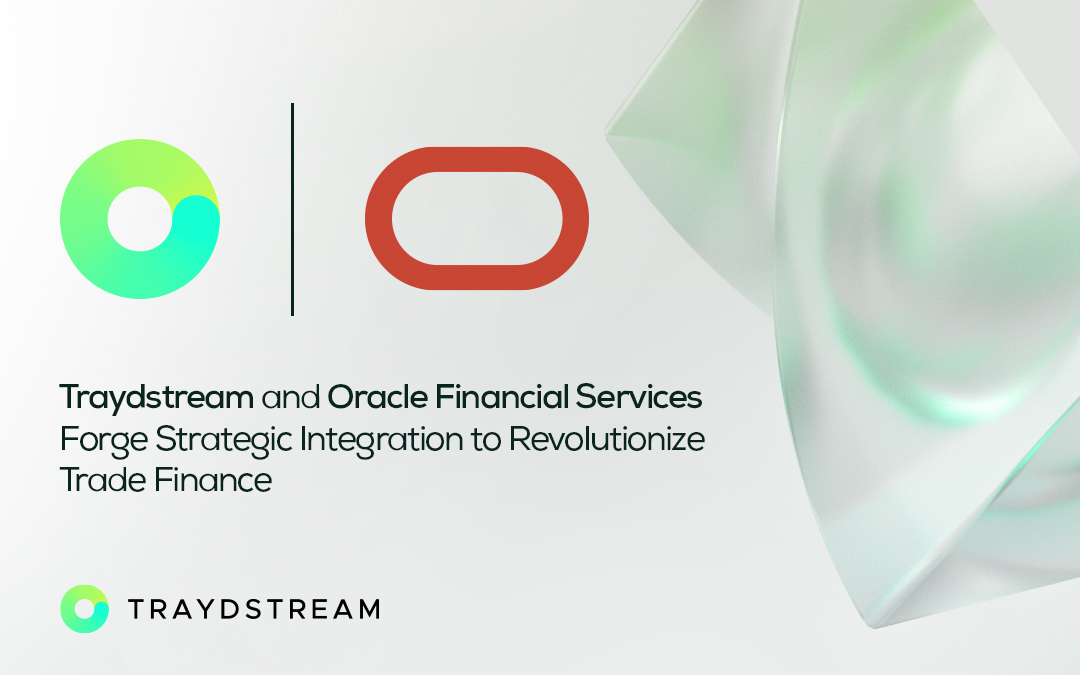
The digitisation of trade finance stands as a beacon of opportunity for banks worldwide. McKinsey & Company has stated that digitising trade finance could yield annual cost savings of USD 8-10 billion, underscoring the transformative potential of embracing digital solutions in this sector. Such a seismic shift promises not only increased efficiency but also opens doors to unprecedented levels of innovation and growth.
Trade finance, the stimulus of global commerce, has long been characterised by manual processes, cumbersome paperwork, and lengthy transaction times. However, the advent of digital technologies offers a compelling alternative—one that streamlines operations, mitigates risks, and reduces costs significantly.
One of the foremost proponents of digitising trade finance is Traydstream, a leading provider of innovative trade document digitisation and automation solutions. According to Sandip Sen, CFO of Traydstream, “The digitisation of trade finance represents a paradigm shift in the banking industry, offering immense potential for cost reduction and operational efficiency. By leveraging advanced technologies such as artificial intelligence and machine learning, banks can automate tedious processes, minimise errors, and expedite transactions, thereby delivering unparalleled value to their customers.”
Indeed, the benefits of digitisation extend far beyond mere cost savings. By digitising trade finance processes, banks can enhance transparency, improve regulatory compliance, and unlock new revenue streams. Furthermore, digital solutions empower banks to offer tailored services to clients, thereby fostering stronger relationships and driving customer loyalty.
In addition to its economic advantages, the digitisation of trade finance holds profound implications for global trade dynamics. By facilitating faster, more secure transactions, digital platforms can stimulate trade flows, bolster economic growth, and foster greater financial inclusion, particularly in emerging markets.
However, realizing the full potential of digital trade finance requires a concerted effort from industry stakeholders. Banks must invest in cutting-edge technologies, embrace collaboration with fintech partners, and prioritise talent development to navigate the complexities of digital transformation successfully.
As McKinsey’s findings suggest, the time is ripe for banks to seize the opportunities presented by digitising trade finance. By doing so, they can not only drive substantial cost savings but also position themselves as leaders in a rapidly evolving landscape, poised for sustainable growth and innovation.
In conclusion, the digitisation of trade finance represents a landmark moment for the banking industry—one that promises to unlock billions in savings, drive operational
efficiency, and revolutionise global trade dynamics. As we embark on this transformative journey, let us heed the words of Traydstream’s CFO, Sandip Sen, and embrace the power of digital innovation to shape a brighter, more prosperous future for trade finance and beyond.






